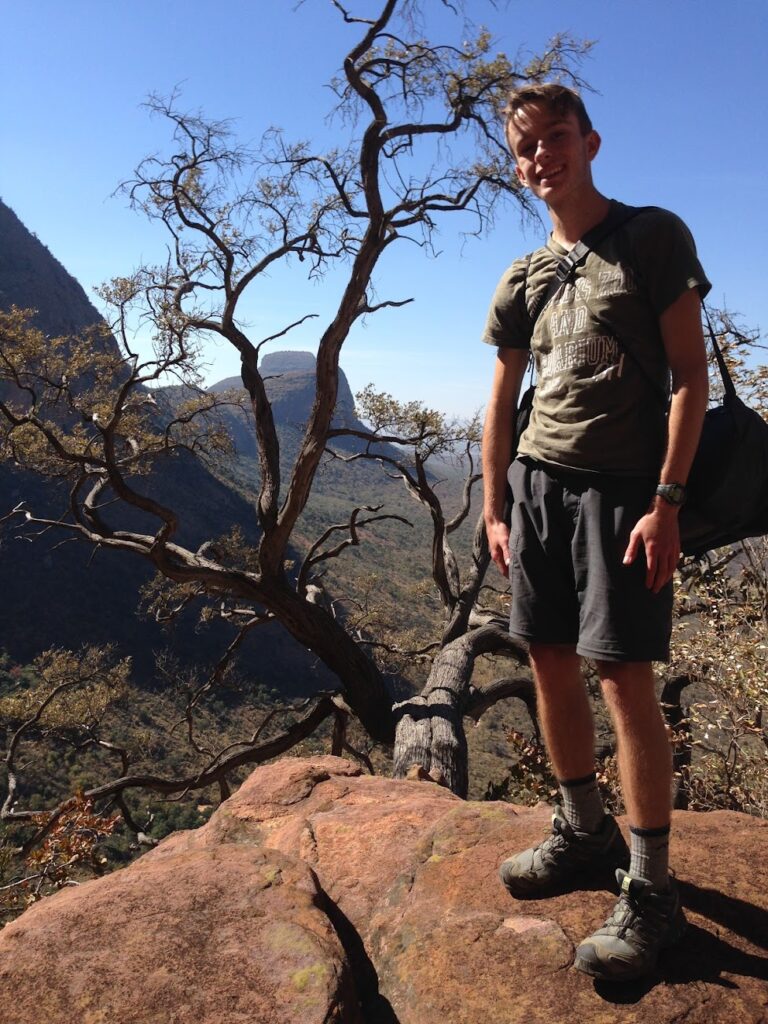Michelle Neal
July 3rd, 2015
Day 2
My alarm broke our slumber’s silence at precisely 5:30. “Breakfast is at 6!” echoed Mr. Semmens’ voice in my mind. I prepared for the day as rapidly as my sluggish body would allow. By 6:30 am, before the sun had even risen, we were loaded onto the vehicles. Thick clouds covered the African sky, and the cold, brisk air alerted our senses.
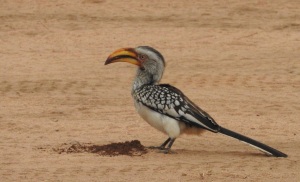
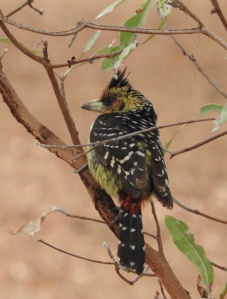
The two vehicles parted ways for our second safari. We’d barely travelled
a kilometer before a beautiful dazzle of zebras crossed the road before us. They grazed peacefully as a yellow-billed hornbill pecked away at termites. The hornbill is one of an innumerable amount of bird species found in this area. A crested barbet, for example, perched just to the right of the hornbill, its brilliant yellow and red-tipped feathers contrasted with its black speckled breast.
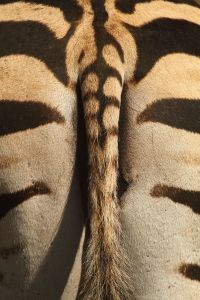
We ventured onward, cameras in hand, this time with Kersey in the guide position behind the driver’s wheel and Lee in the tracker seat. We stopped abruptly at some fresh tracks on the ground… lion, and Kersey and Lee discussed their thoughts on whether it was a male or a female animal and if the tracks were fresh enough to follow. Our exclamations and questions stopped abruptly as Lee shushed us with his finger. He was alert, listening closely for the source of his curiosity. “An ngala kala’ing to the south,” (a lion roaring) he explained, and soon more lions answered further to the south. My heart doubled in speed. After a series of radio calls and careful planning, we set off in search for the great creature. We followed the tracks, Lee and Scott and Kersey taking turns following and relocating the individual lion, now deemed a male from the size and shape of its tracks. We followed right past the hyena den and decided to loop around on the sand roads and try to relocate him in the direction he was headed – toward Treehouse Pan and the other lions. Once there, the tracker-trio relocated the trail heading into a big block of vegetation where the vehicle could not go, so Scott and Lee grabbed a radio disappeared into the bush in hopes of discovery, while Kersey drove south with us to see if the male had crossed the boundary of the reserve – we radioed Diana and Acima’s vehicle and they met us there to wait. An hour or so of energetic searching and cautious observation passed, but eventually Diana found his tracks headed into the reserve to the south of us, Chitwa Chitwa, where we did not have permission to traverse; we had to accept that we would not see that lion, this morning.
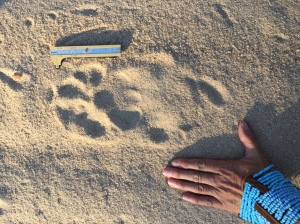
Naturally, we moved to the next best things: poop! Diana educated the group on the differences between a rhino’s territorial placements consisting of grasses, compared to the coarse texture of an elephant’s feces composed of tree bark, and the sprayed pattern of the male hippo’s grassy defecation. It was a truly fascinating discussion of how differences in mastication, digestive systems, and behaviors allowed us to differentiate the signs of three largest herbivores on the reserve.


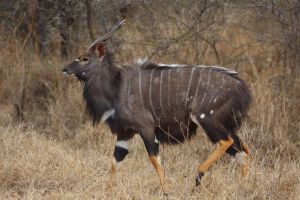
We finished our morning safari with a beautiful sighting of a herd of one of the eight different species of antelope on the reserve, nyala, at Djuma Dam, where the Djuma-Cam is (the Djuma-Cam the first and longest –running continuous-feed camera with a live feed to the internet). The nyala herd was mostly females and their young, but there were a couple of males following the group. The physical differences, or sexual dimorphism, between male and female nyala held us spellbound. Beyond the fact that males have beautiful, lyre-shaped horns and females do not; females were a brown-red color, like clay, with stripes and spots, while males were a much darker brown with bright-orange socks and a crest of long-white hair along their neck and spine that they raised when competing with another make for access to females in mating while circling each other in a slow motion stomp dance designed to intimidate the weaker of the two bulls into submission rather than escalate into a fight that could result in injury or death.

In addition to the wondrous activities of our first full day at Djuma Research Camp, we also enjoyed more delicious food, lots of bird and tree identification, (including uses of trees, such as using the inner bark of the silver clusterleaf (Terminalia sericea) to make rope and bracelets, an interview with Mhlavasi (see Blog #3) and more. One of the female students in the group bravely went to “pee for the first time outside” and in Africa! It was a milestone. While we are anxious to see things like lions and leopards, we are finding the little details of the bush to be amazing. We finished the evening gawking at the stunning night sky. The full moon cast its light upon our happy faces, and the stars winked at us with mutual appreciation.
Edited by Kersey Lawrence

